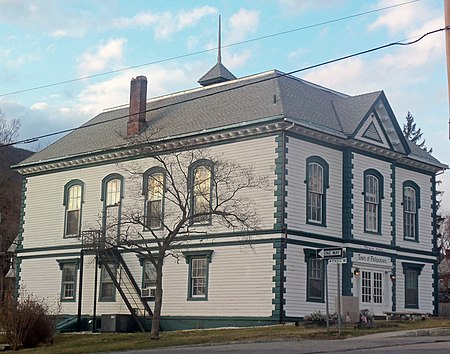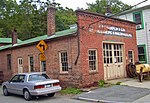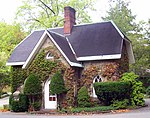Philipstown, New York
1715 establishments in New YorkAC with 0 elementsPopulated places established in 1715Towns in Putnam County, New York

Philipstown is a town located in the western part of Putnam County, New York, United States. The population was 9,831 at the 2020 census.
Excerpt from the Wikipedia article Philipstown, New York (License: CC BY-SA 3.0, Authors, Images).Philipstown, New York
Parsonage Street,
Geographical coordinates (GPS) Address Nearby Places Show on map
Geographical coordinates (GPS)
| Latitude | Longitude |
|---|---|
| N 41.422777777778 ° | E -73.950555555556 ° |
Address
Parsonage Street 4
10516
New York, United States
Open on Google Maps











